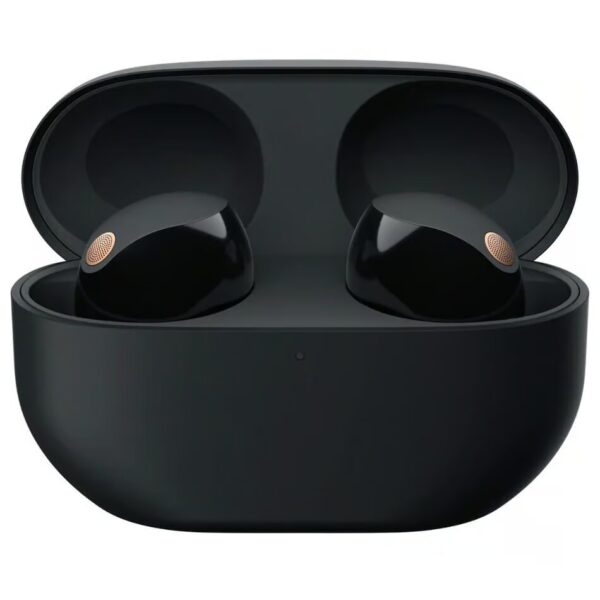
When it comes to buying printer ink, navigating through the multitude of options can be daunting. Whether you’re a student printing essays, a professional preparing reports, or a creative crafting vibrant designs, understanding the essentials of printer ink can save you time, money, and frustration. This comprehensive guide will walk you through everything you need to know about buying printer ink.
1. Types of Printer Ink
Before diving into the purchasing process, it’s important to understand the different types of printer ink available. There are two primary types of printers that use ink: inkjet and laser printers.
Inkjet Printers:
- Dye-based Ink: This type of ink is dissolved in a liquid, producing bright and vibrant colors. It’s ideal for printing photos and color documents.
- Pigment-based Ink: Pigment ink uses fine particles suspended in liquid, offering better longevity and resistance to water and UV light. It’s perfect for text documents and professional printing.
Laser Printers:
- Toner: Laser printers use toner, a fine powder made of plastic and iron particles. Toner is fused onto paper using heat, resulting in sharp and durable prints. It’s commonly used for high-volume printing, especially in offices.
2. Original vs. Compatible vs. Remanufactured Cartridges
When purchasing printer ink, you’ll encounter three main types of cartridges: original, compatible, and remanufactured.
Original (OEM) Cartridges:
- Made by the printer’s manufacturer (e.g., HP, Canon, Epson).
- Ensures compatibility and high-quality prints.
- Typically more expensive.
Compatible Cartridges:
- Produced by third-party manufacturers.
- Designed to work with various printer models.
- More affordable but can vary in quality and reliability.
Remanufactured Cartridges:
- Original cartridges that have been used, refilled, and refurbished.
- Environmentally friendly and cost-effective.
- Quality can vary, but many reputable brands offer reliable performance.
3. Cost Considerations
The cost of printer ink can add up, so it’s crucial to consider the following factors to manage your expenses effectively:
Cost per Page:
- Calculate the cost per page by dividing the cartridge price by its page yield (number of pages it can print).
- High-yield cartridges may have a higher upfront cost but offer a lower cost per page.
Subscription Services:
- Some manufacturers offer subscription services (e.g., HP Instant Ink), where you pay a monthly fee based on your printing needs.
- Convenient and can lead to cost savings, especially for regular users.
Bulk Purchasing:
- Buying in bulk or multi-packs can reduce the overall cost.
- Ensure you have enough storage space and consider the expiration dates of the ink cartridges.
4. Compatibility and Printer Requirements
Before purchasing ink, ensure it’s compatible with your printer model. Using the wrong cartridge can cause malfunctions or even damage your printer. Check your printer’s manual or the manufacturer’s website for a list of compatible cartridges.
5. Quality and Performance
While cost is important, so is the quality of your prints. Consider the following aspects:
Print Quality:
- OEM cartridges generally offer the best print quality and reliability.
- High-quality compatible or remanufactured cartridges can also provide satisfactory results, especially for everyday printing tasks.
Reliability:
- Cheaper cartridges may have issues such as leaking, clogging, or inconsistent ink flow.
- Read reviews and choose reputable brands to minimize risks.
6. Environmental Impact
If you’re environmentally conscious, consider the environmental impact of your ink choices:
Recycling Programs:
- Many manufacturers and retailers offer recycling programs for used cartridges.
- Participating in these programs helps reduce waste and promotes sustainability.
Remanufactured Cartridges:
- Opting for remanufactured cartridges reduces landfill waste and conserves resources.
- Look for brands that follow stringent quality and environmental standards.
7. Storing Printer Ink
Proper storage of printer ink can extend its lifespan and ensure optimal performance:
Temperature and Humidity:
- Store cartridges in a cool, dry place to prevent the ink from drying out or becoming too runny.
- Avoid direct sunlight and extreme temperatures.
Sealed Packaging:
- Keep cartridges in their original sealed packaging until ready for use.
- This prevents exposure to air and maintains ink quality.
8. Common Troubleshooting Tips
Even with the best ink, you might encounter some issues. Here are common troubleshooting tips:
Streaky Prints:
- Run the printer’s cleaning cycle to clear any clogs in the print head.
- Ensure the cartridges are properly installed and not empty.
Color Inaccuracy:
- Check the printer settings and ensure you’re using the correct color profile.
- Calibrate your printer if necessary.
Paper Jams:
- Use the recommended paper type and ensure it’s loaded correctly.
- Remove any obstructions and clean the printer regularly.
9. Buying Tips
Here are some additional tips to make your ink-buying experience smoother:
Shop Around:
- Compare prices from different retailers, both online and in-store.
- Look for deals, discounts, and coupons.
Read Reviews:
- Customer reviews can provide valuable insights into the performance and reliability of different ink cartridges.
Brand Reputation:
- Stick to well-known brands with a track record of quality and reliability.
Warranty and Return Policy:
- Check the warranty and return policy before purchasing.
- A good warranty can provide peace of mind in case of defective cartridges.
Conclusion
Buying printer ink doesn’t have to be a complex task. By understanding the different types of ink, comparing costs, ensuring compatibility, considering quality, and being mindful of environmental impact, you can make informed decisions that suit your needs and budget. Happy printing!











